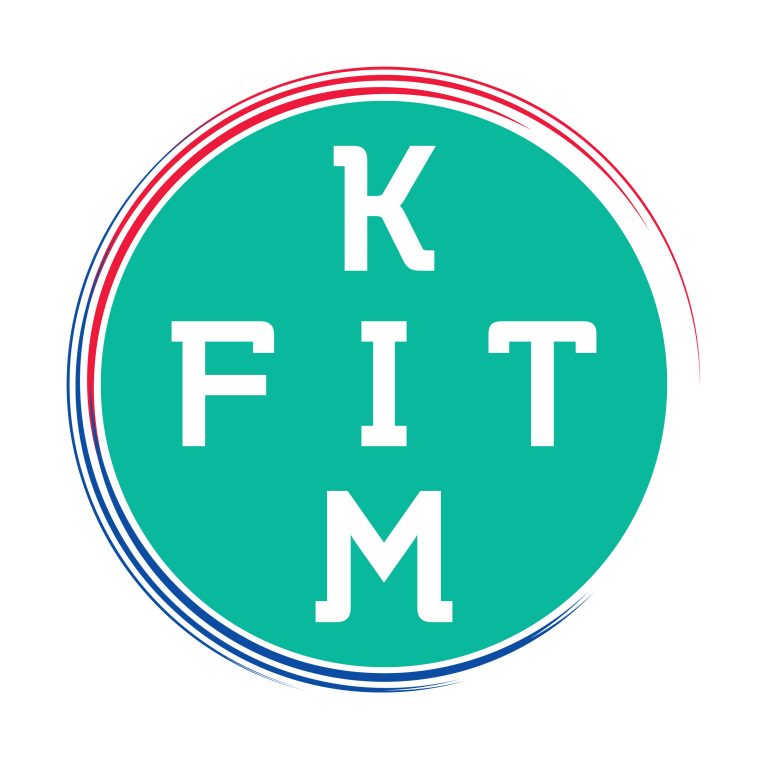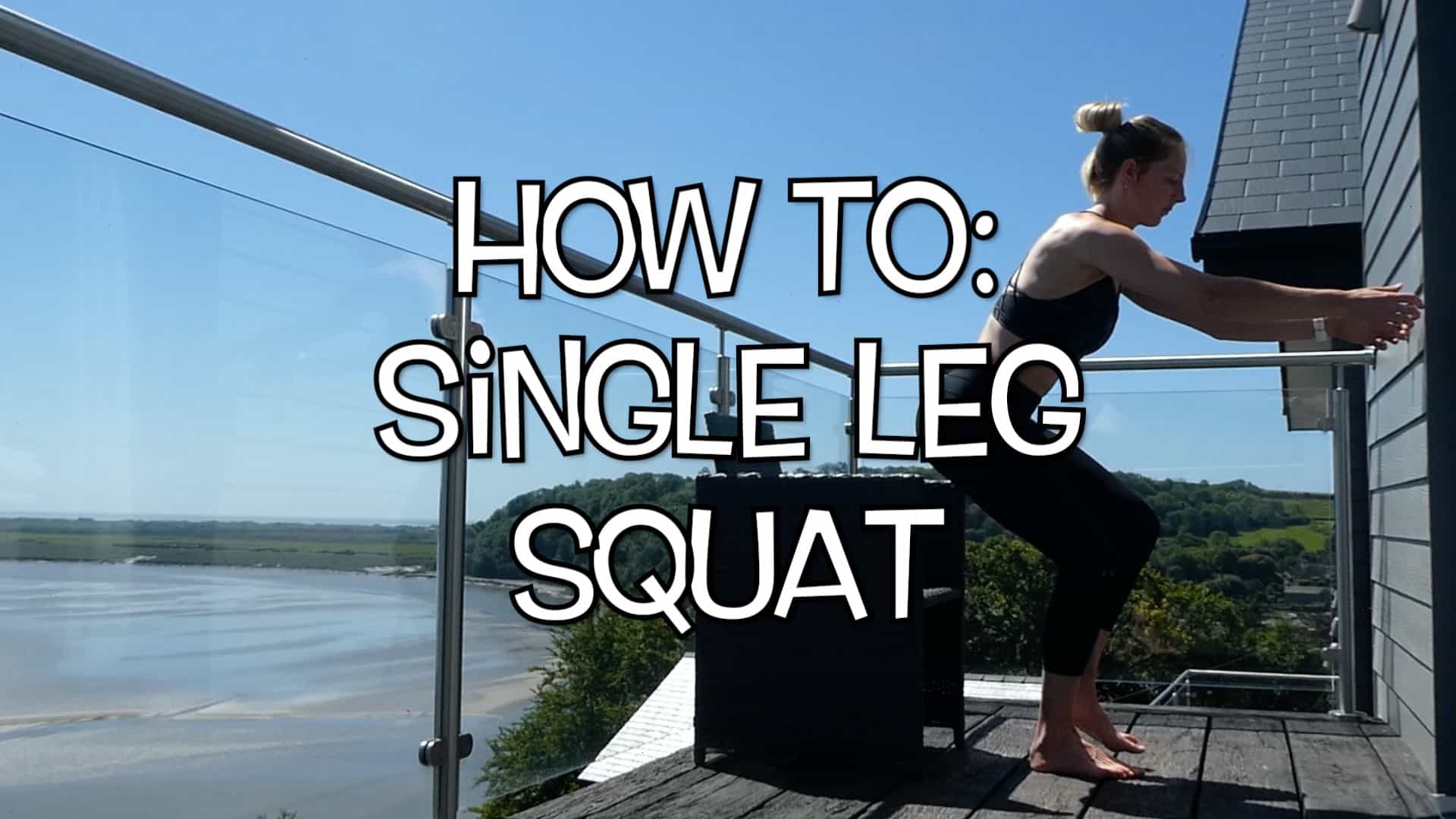Can You Squat Single Legged?
Running is repeated single leg impacts. Therefore, it makes sense to supplement your runs with single leg strength work to ensure your tissues and joints can handle the load of running. One exercise that should be in every runners repertoire is the single-leg squat.
The single-leg (SL) squat is a tough, tough exercise but one that packs a punch and is excellent for single-leg strength and stability. It is great for runners because it requires triple extension (concurrent extension at the ankle, knee and hip) which is the basis for the movement pattern of running. It also demands your knee and hip joint are strong through flexion and extension, and that the hip can externally rotate in order to support the knee position over the ankle. This is all required every step that you run.
To progress your own single-leg squat, try these variations:
One down, two up chair SL squat.
With your back to the chair, engage the core, slightly tucking the pelvis. Lift one foot off the floor and begin to bend at the hip and knee, sitting back towards the chair. Lower with control as long as you can and then sit down. With both feet on the ground, stand up and reset. Don’t forget to change legs.
Chair SL squat
This time, lower to the chair with control and keeping your foot off the ground push through the floor and stand up on one leg. As you improve, work to minimise the time spend sitting; try to just skim or tap the chair before you return to standing. Watch your knee at the bottom, it will want to turn inwards. Engage your glute muscle to pull the knee outwards instead to avoid this.
SL squat
When you feel confident remove the chair (or keep it there, just don’t touch it). Perform the movement with control, increasing your range as you’re able.
Coaching Points:
- Hips back and level
- Neutral spine
- Knee pulls out (hip external rotation)
When learning trust the chair. Control the movement as long as you can and then sit back onto the chair. Try to build up to being able to control the movement the whole way; minimising the time on the chair. Then you can begin to work without the chair, slowly increasing range.
Aim for 8-10 GOOD reps on each leg. If you’re struggling to hit the positions, you may be lacking the mobility needed to perform the movement. Like running, this exercise requires a good level of movement at the hip and ankle joints. Try adding these two exercises to your warm-up and see if it helps.
Ankle
Hip
If the single-leg squat isn’t for you, don’t worry; you could try a slow step down instead.
Give these a progressions a go! Try your best and focus on mastering the form before you move on.
If you’d like to learn more about why strength training is SO important for runners check out this blog.



